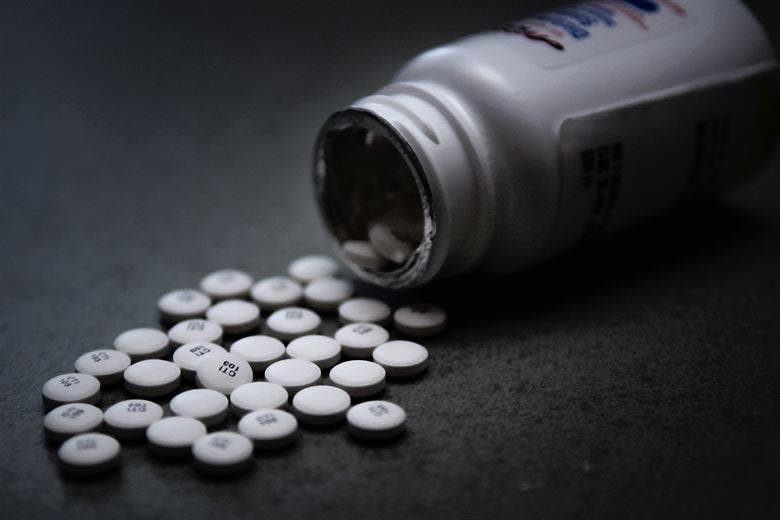The growing misuse of prescription drugs is not only reflected by an increasing number of deaths but also nationwide economic destruction. According to the White House’s Council of Economic Advisers (CEA), the opioid crisis cost $696 billion in 2018 — a staggering 3.4% of the United States’ GDP. Since 2015, more than $2.5 trillion have been lost due to the opioid crisis.

CEA’s estimate is based on a number of factors, including the value of lost lives, as well as healthcare and substance abuse treatment costs, criminal justice costs, and reductions in productivity.
In 2017, there were a record 70,000 drug overdose deaths, about two-thirds of which were linked to opioids. The toll was so high that the Centers for Disease Control and Prevention linked it to a rare drop in US life expectancy that year.
Prescription painkillers are no longer the leading cause of overdose deaths. In the past decade, heroin — which now kills four times more people than in 2000 — and then fentanyl, surpassed prescription opioid drugs as the main cause of overdose death.

Previously, the Society of Actuaries, another healthcare research organization, found that the economic burden of opioids from 2015 through 2018 was $631 billion.
However, the CEA argues that other studies fail to account for the most important economic loss — fatalities due to drug overdose and the lost economic gains that could have been achieved throughout those lifetimes.
That’s not to say that one report is better than the other. The White House report estimated the total societal welfare cost associated with opioid addiction, whereas the Society of Actuaries looked at the direct estimate of the return you would see if the epidemic was reversed.
Regardless of who’s right or wrong, what’s certain is that both figures are extremely high. Even if only the healthcare and substance abuse treatment costs associated with prescription opioid misuse are taken into account, it amounts to a nonfatal cost of at least $58 billion. According to the CEA report, there were 1.9 million individuals with a prescription opioid disorder, resulting in an average cost of approximately $30,000.
Investing in curbing the opioid epidemic could thereby lead to a significant return on investment.
Sen. Elizabeth Warren (D-MA) proposed in May the allocation of $100 billion over 10 years to fight the opioid crisis. Warren compares the initiative to the Ryan White CARE Act, which dedicated billions of dollars to boost the government’s response against the HIV/AIDS epidemic. At the time HIV/AIDS had been rising fast across the country (ever since the 1980s), but a few years after the initiative was passed the crisis finally reached a turning point and the death toll started to decrease.
In 2018, Congress added $3.3 billion to address the opioid health crisis on top of the $500 million it had approved in the 21st Century Cures Act. Although this increase is welcome, many believe it was inadequate given the scale of the drug epidemic.
There are some reasons to be optimistic about the future. In 2018 there were fewer overdose fatalities than in 2017, a 5% decline that marks the first drop in three decades.


